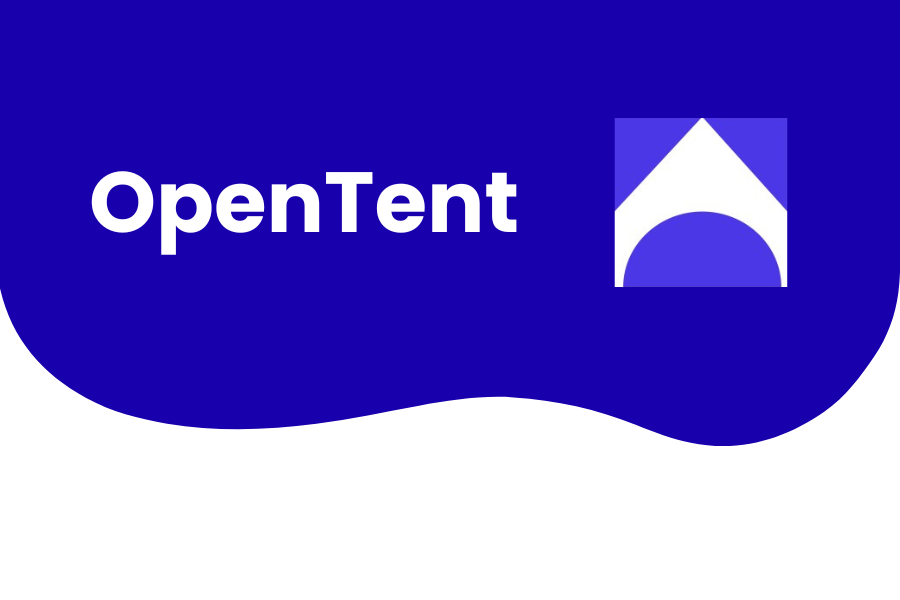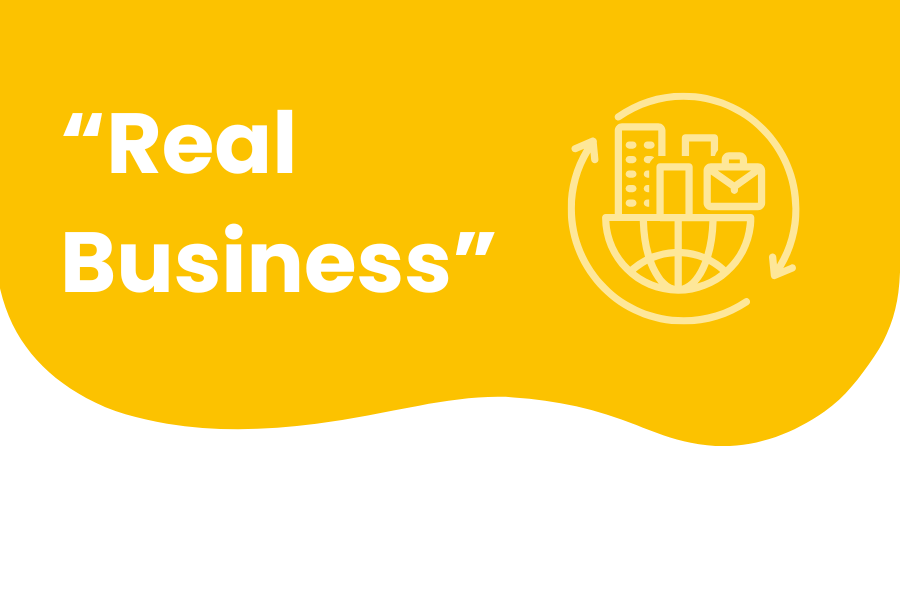How to Build a Successful Onboarding Plan for Any New Hire
By: Carrie Schochet, Founder & CEO of Purple Squirrel Advisors & Sandy Fiaschetti, Co-Founder and People Engagement Guru at Magnet Consulting.
After the interviews are over and you’ve extended an offer to the best candidate, it’s normal to feel a sense of relief thinking the process is complete and help is on its way.
However, in just a few short weeks, your new employee will walk through the front doors, excited and ready to make an impact on your team.
Will you be ready?
Each year we work with clients just like this, who, after selecting a candidate, introducing the new employee to the team and setting up an orientation date, check the hiring process off their to-do list.
While these companies have taken the first step, the onboarding process is only just beginning.
Onboarding, the process of quickly helping new hires adjust to social and performance aspects of their new roles, is easy to overlook. Many hiring managers are so consumed by finding the right hire; they don’t even consider what will happen once the new employee has arrived.
With almost 25% of the population and an estimated 500,000 managers undergoing some form of career transition every year, setting up a successful onboarding experience is critical for everyone from entry-level employees to leadership executives.
While there is no one “right way” to onboarding new employees, research shows that it’s best that you get an early start.
Pre-Onboarding
Each new hire’s onboarding process should be planned and started weeks before his or her first day. You should have the paperwork ready, company accounts set up, and have made the new hire aware of any important reading materials that can be studied ahead of time.
If the employee took an assessment throughout the interview period, it is also important to make those results known to the leadership team. These results will remind your team of the hire’s strengths, weaknesses and communication style. This data will help you identify a starting point when an employee first arrives and where the employee may need some extra help.
New hires don’t sneak in and surprise you on their first day. Yet, managers often act like that is the case, because they wait too long to find a new computer, phone and the company swag that allows new hires to feel a part of the team. As a manager, you know that some shipments and approval processes take weeks to complete, so it’s best to start early and stay on top of it.
If you choose to hire an executive coach to help ease the transition for new managers or executives, it’s a good idea to set this up before the job begins. Meeting with the executive coach prior to the new hire’s first day will help to create a more seamless transition and will allow the manager or executive to start creating an action plan with their coach.
Leading up to the first day, new hires should also take the initiative to get a head start on onboarding by continuing to research the company and key players. Beyond any reading materials provided, new executives can get acquainted by researching board members, identifying customers, familiarizing themselves with the organizational chart, listening to past conference calls, and exploring the company’s culture just by browsing the web.
By preparing themselves before they walk in on the first day, a new hire will already be more comfortable knowing their place in the organizational chart and will be able to make an impact more quickly.
The First Week
A new hire’s first day should pick up where the interview left off. By the time a new hire walks in, you should already have an agreement among the leadership team on upcoming projects and performance goals, while setting 30, 60, and 90-day milestones to check in on the new hire’s progress.
Many companies remember to cover the tactical things such as how to sign up for online pay and benefits, but forget to cover the cultural pieces such as the company history, the vision, mission and values and additional “101’s” on the business and products. While introducing company culture and making employees feel welcome is a small part of the process, a little bit can go a long way.
Fantasy Sport’s website, FanDuel, recently turned heads when a photo went viral showing a new hire’s desk on his first day. The new associate walked in to find a clean desk with a new MacBook Pro, company branded swag, and first-day office essentials ready for his use. While the amount the company spent isn’t important, the new hire was left with a welcome that he won’t soon forget. Providing new hire onboarding swag kits is a great way to leave a positive first impression on new team members.
As a manager, you should also communicate to the rest of the team about the new hire’s start date, background, and the role he/she is going to play in the organization. A great step to get the new hire “up and running” is to set-up meetings with key people throughout the organization during the first
1-2 weeks. This will enable the new employee to build relationships in the organization and quickly get to know the team dynamics.
This is also an important time to review any assessment results the new hire took during the interview process. By reviewing these results together, you will be able to customize a development plan, roadmap to success, and can even help accelerate the onboarding process.
Beyond that, the first two weeks should give the new hire a preview of what to expect and dive deeper into the topics that were discussed throughout their interview such as company goals, strategic objectives, management expectations.
Long-Term Onboarding
Remember, an effective onboarding process takes at least 3-6 months.
While the first weeks should help a new hire gain an understanding of goals and culture, over the next few months a new hire should start to build confidence and trust among key stakeholders while gaining a better understanding of the company’s various business strategies.
Meeting with key business leaders, customers, board members, and outside vendors/suppliers will enable the new employee to fully understand the various relationships and he/she will be able to more quickly navigate to make an impact in the role and drive value to the business.
If you hired an executive coach, they can help your new employee leverage their strengths and development needs while providing resources that will allow the hire to adopt executive leadership competencies crucial to the organization’s culture. This one on one support can lead to faster actions, more effective long-term results, and support for improving specific skills.
No matter how you chose to onboard, the 30, 60 and 90-day milestones are always valuable opportunity for the management team to identify any problems or miscommunications that have occurred during he new hire’s first few weeks. The milestone reviews will save the company time and money while allowing you to check in and see how “real life” at your company compares to what you told the new hire throughout the interview process.
Customizing the Onboarding Process
Although history, vision, and values are consistent with every new onboarding, there should be some customization to the onboarding process based on a new hire’s specific role at the company.
Since each new employee was hired for a specific reason, it is important to highlight those reasons in the onboarding process. Companies often perform assessments and collect data on a new hire’s competencies throughout the interview process. This data will allow you to identify where a new hire will excel and where he/she may struggle while under the stress of a new job.
Onboarding may also differ if the role is an addition organizational chart or an already established position at the company. In the case of a new position, it may be important to involve direct reports in the onboarding process to ensure a smooth transition. Setting up an out-of-office meeting before a new executive’s first day can offer an opportunity for current employees to share communication style and best practices, while also getting to know one another more personally, and discussing any additional ideas or concerns.
While customizing an onboarding process for each employee is important, creating an onboarding process to fit the personal culture and style of your company is critical to its success. Making sure employees know what makes your business unique and how they’ll fit into the culture will allow your new hires to hit the ground running on their first day. If you’re prepared and set expectations, you’ll create a process that allows everyone to thrive.
Here’s a recap of the steps to onboarding:
- Prepare in advance. Establish expectations among your leadership team and have paperwork prepared when the new hire walks in on his or her first day.
- The first weeks pick up where your last interview left off. Establish expectations and upcoming projects while making sure the new hire has exposure to your company culture.
- Onboarding should last 3-6 months and include pre-determined check-ins. These essential milestones will help resolve any miscommunications and accelerate productivity.
- Onboarding should be customized for each new employee. Be clear about what you expect for new hires and set up additional meetings to accommodate difficult transitions for direct reports.
- Review assessment results and hire a coach to help new leaders create an executive strategy and impactful action plan. This will help the new hire leverage existing strengths and improve performance while making a maximum impact at the company.
Want even more purpose-driven leadership articles delivered to your inbox? Subscribe!





Submit Your Comment